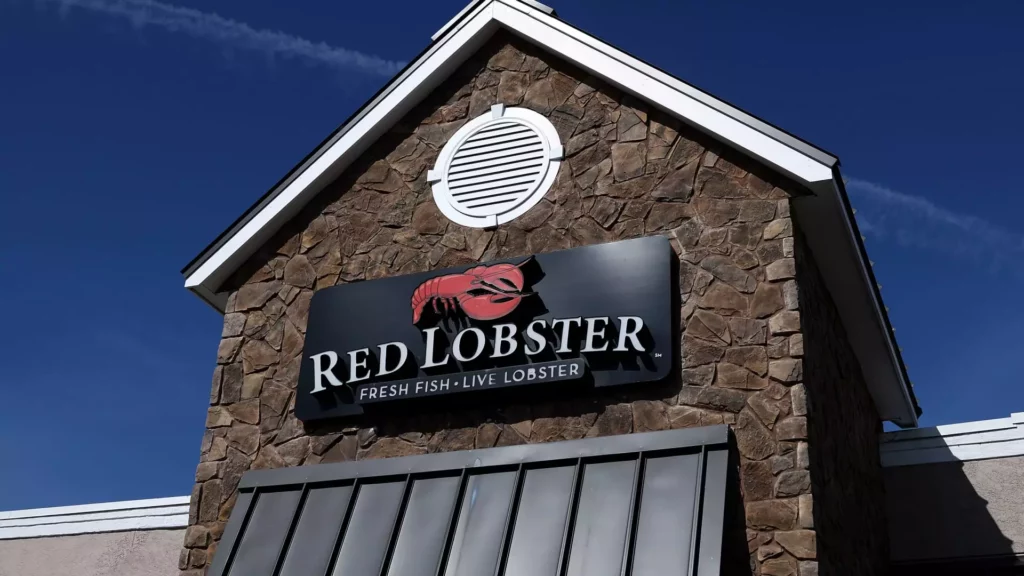![]()
Red Lobster, a once iconic seafood chain, has recently filed for Chapter 11 bankruptcy protection in an effort to address a series of financial challenges that have plagued the company in recent years. The company has been burdened by significant debt and long-term leases, forcing it to take drastic measures to stay afloat. With a stalking horse bid from existing lenders to buy the company, Red Lobster is hoping to find a suitable buyer to help it navigate through these troubled waters.
Under the leadership of restructuring expert Jonathan Tibus, who was recently appointed as CEO, Red Lobster has taken a hard look at the factors that have contributed to its current predicament. Tibus cited a difficult macroeconomic environment, underperforming restaurant locations, failed strategic initiatives, and increased competition within the industry as key reasons for the need to file for Chapter 11 protection. The company has already closed 93 underperforming locations and is seeking to reject 108 leases in a bid to streamline its operations and reduce costs.
Founded in 1968 and later purchased by General Mills before being spun off into Darden Restaurants in 1995, Red Lobster has undergone several ownership changes over the years. In 2014, it was sold to private equity firm Golden Gate Capital, only to be bought out by Thai Union Group in 2020. Despite surviving the challenges brought on by the pandemic, Red Lobster has struggled to maintain its business in the face of declining traffic and financial losses.
One of the key factors contributing to Red Lobster’s financial woes was its ill-fated “endless shrimp” promotion, which resulted in a net loss of $76 million in fiscal 2023. The promotion, initially intended to boost sales, ended up driving down profits as diners flocked to take advantage of the offer. The decision to narrow down shrimp suppliers to only Thai Union Group also led to higher costs for the company, further adding to its financial troubles.
Furthermore, a lack of stability in leadership has also been a major issue for Red Lobster, with three different CEOs in as many years. The revolving door of executives has made it difficult for the company to implement a coherent turnaround strategy and regain its footing in a competitive market.
As Red Lobster navigates through the bankruptcy process and looks for a potential buyer, it faces an uncertain future. The company’s ability to address its financial challenges, streamline its operations, and regain consumer trust will be crucial in determining its long-term viability in the market. While the road ahead may be difficult, Red Lobster remains hopeful that it can emerge stronger and more focused on its growth in the years to come.
The downfall of Red Lobster serves as a cautionary tale for businesses in the competitive restaurant industry. By carefully analyzing the factors that led to its current predicament and taking decisive action to address its financial struggles, the company can hopefully pave the way for a successful turnaround and a brighter future ahead.

Leave a Reply